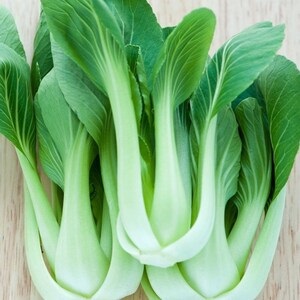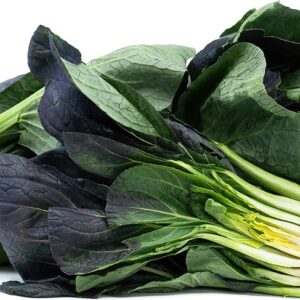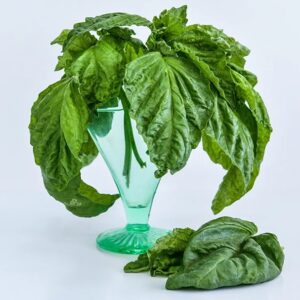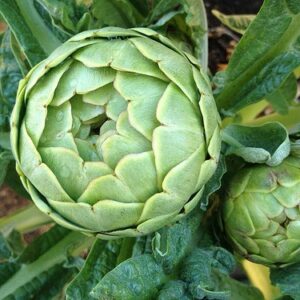Spaghetti Squash
Description
Spaghetti squash is a unique variety of winter squash known for its stringy, pasta-like flesh when cooked. Here’s a description:
1. **Appearance**: Spaghetti squash typically has a cylindrical or oval shape with a smooth, pale yellow or ivory-colored skin. It ranges in size from small to large, with some varieties weighing several pounds. When cut open, the flesh contains seeds arranged in the central cavity.
2. **Texture**: Unlike other varieties of squash, the flesh of spaghetti squash transforms into long, thin strands resembling spaghetti noodles when cooked. These strands are tender yet slightly crunchy, providing a satisfying texture similar to al dente pasta.
3. **Flavor**: Spaghetti squash has a mild, slightly sweet flavor that pairs well with a variety of seasonings and sauces. Its neutral taste makes it a versatile ingredient in both savory and sweet dishes.
4. **Nutritional Benefits**: Spaghetti squash is low in calories and carbohydrates, making it a popular choice for those following low-carb or gluten-free diets. It’s rich in vitamins and minerals, including vitamin C, vitamin A, potassium, and fiber.
5. **Versatility**: Spaghetti squash can be cooked in numerous ways, including roasting, boiling,
steaming, or microwaving. Once cooked, the flesh can be scraped out with a fork to separate the
strands, which can then be used as a substitute for pasta in various recipes. It pairs well with sauces, vegetables, meats, and cheeses, making it a versatile and nutritious addition to meals.
Overall, spaghetti squash is prized for its unique texture, mild flavor, and versatility in the kitchen, offering a healthy alternative to traditional pasta dishes.
Planting instructions:
To plant spaghetti squash:
1. **Select a Sunny Location**: Choose a spot in your garden that receives full sunlight for at least 6-8 hours per day.
2. **Prepare the Soil**: Spaghetti squash grows best in well-draining soil rich in organic matter. Work the soil to a depth of about 12 inches, and incorporate compost or aged manure to improve soil fertility and structure.
3. **Sow Seeds or Plant Seedlings**: Spaghetti squash can be grown from seeds or seedlings. If planting seeds directly in the ground, sow them about 1 inch deep and space them 3 feet apart in rows or hills. If using seedlings, transplant them into the garden with the same spacing.
4. **Watering**: Keep the soil consistently moist, especially during the germination and early growth stages. Water at the base of the plants to avoid wetting the foliage, which can lead to disease.
5. **Mulching**: Apply a layer of organic mulch, such as straw or shredded leaves, around the plants to help retain moisture, suppress weeds, and regulate soil temperature.
6. **Fertilizing**: After the plants have established themselves, fertilize them with a balanced fertilizer according to the package instructions. Repeat every 3-4 weeks throughout the growing season to support healthy growth and fruit development.
7. **Support**: Spaghetti squash vines can spread over a large area, so providing support can help keep the fruit off the ground and reduce the risk of rot. Consider using trellises, cages, or sturdy stakes to support the vines.
8. **Pruning**: While not necessary, you can prune the vines to promote air circulation and reduce the risk of disease. Trim away any dead or diseased foliage as needed.
9. **Pest and Disease Control**: Monitor the plants regularly for signs of pests or disease, such as aphids, squash bugs, or powdery mildew. Take appropriate measures to control these issues, such as handpicking pests or applying organic insecticides.
10. **Harvesting**: Spaghetti squash typically matures in 80-100 days, depending on the variety
and growing conditions. Harvest the squash when the skin has turned a deep yellow color and feels firm to the touch. Cut the squash from the vine, leaving a few inches of stem attached. Allow the squash to cure in a warm, dry place for 1-2 weeks before storing.
By following these planting instructions, you can successfully grow spaghetti squash and enjoy a
bountiful harvest of delicious, nutritious squash throughout the growing season.





